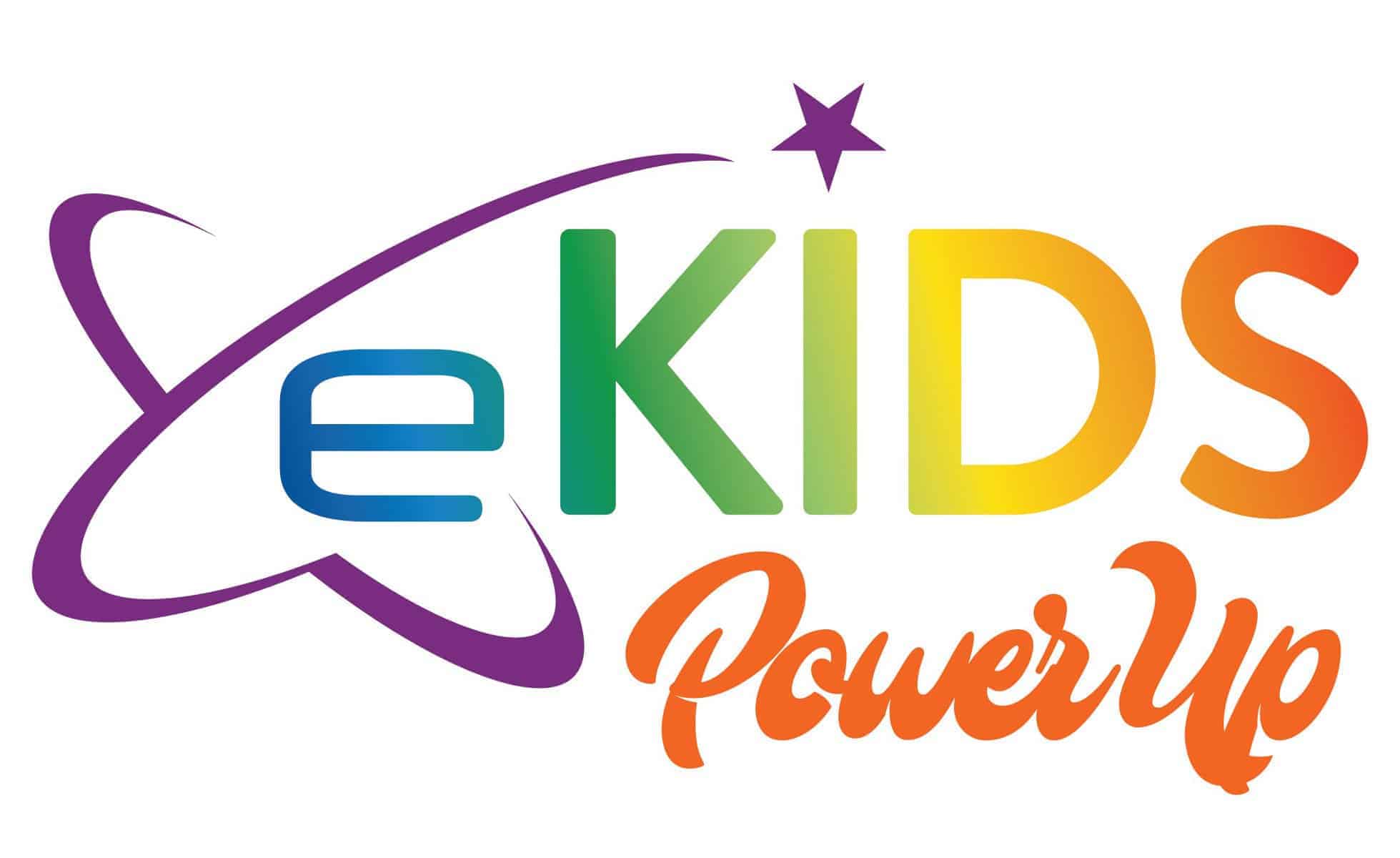What Teachers Should Know
Anxiety disorders cause people to feel frightened, distressed, or uneasy during situations in which most people would not feel that way. Left untreated, anxiety disorders can make it hard for students to get schoolwork done or study. It may affect their relationships with peers and teachers, too. In some cases, students with anxiety disorders miss a lot of school days. Or they may avoid school altogether.
Common anxiety disorders that affect kids and teens are:
- Generalized anxiety disorder (GAD).With GAD, children have many worries and worry much of the time. They may also have physical symptoms, like headaches, stomachaches, muscle tension, or tiredness.
- A phobia is an intense, unrealistic fear of a specific thing. Some kids have a phobia of dogs. Others have a phobia of spiders or snakes. A child with a phobia will go to great lengths to avoid the thing they fear.
- Social anxiety.Kids and teens with social phobia have an intense fear of being judged. It affects them in social or other situations. They will avoid situations where they may have to meet new people or perform.
- Selective mutism.Some students are too fearful to talk at all in certain situations. Kids and teens with selective mutism are able to talk, and talk well. But they are too fearful to talk in some situations outside their home or with people other than friends.
- Panic disorder.Some students have panic attacks, a sudden and intense episode of fear. They can include physical symptoms like a pounding heart, shortness of breath, or dizziness. Panic attacks can happen unexpectedly.
- Separation anxiety. It’s normal for babies and very young children to have some separation anxiety when they are apart from a parent or caregiver. But when separation anxiety lasts beyond the early school age years, students may have trouble coming to school.
Students with anxiety disorders may show symptoms that fit into one or more of these categories:
- Do they display trouble concentrating in class or completing classwork?
- Do they feel self-conscious and avoid certain situations?
- Do they have physical symptoms, such as a racing heart, fast breathing, tense muscles, sweaty palms, a queasy stomach, and trembling hands or legs?
- Do they take medication to help reduce anxiety?
- Does it appear they need to work with a school counselor or therapist?
What Teachers Can Do
Teachers can help students by:
- talking with parents to learn more about the student and how you can best support them
- allowing students extra time to do work
- learning how to coach students to self-calm with breathing and other relaxation techniques
- giving them daily schedules
- modifying assignments and reducing workloads when necessary
- promoting relaxation techniques and allowing for breaks throughout the day
- supporting parents in helping kids get to school, even if it means arriving late or adapting class schedules
- allowing them a safe space and ability to go speak with a counselor, if needed
- easing anxiety in the classroom by pairing with a peer
MORE ON THIS TOPIC FOR:
- Parents
- Kids
- Teens
- Individualized Education Programs (IEPs)
- Obsessive-Compulsive Disorder
- Taking Your Child to a Therapist
- Posttraumatic Stress Disorder (PTSD)
- Anxiety Disorders
Information provided by KidsHealth.org from Nemours Children’s Health. © 1995-2021. The Nemours Foundation/KidsHealth®.
